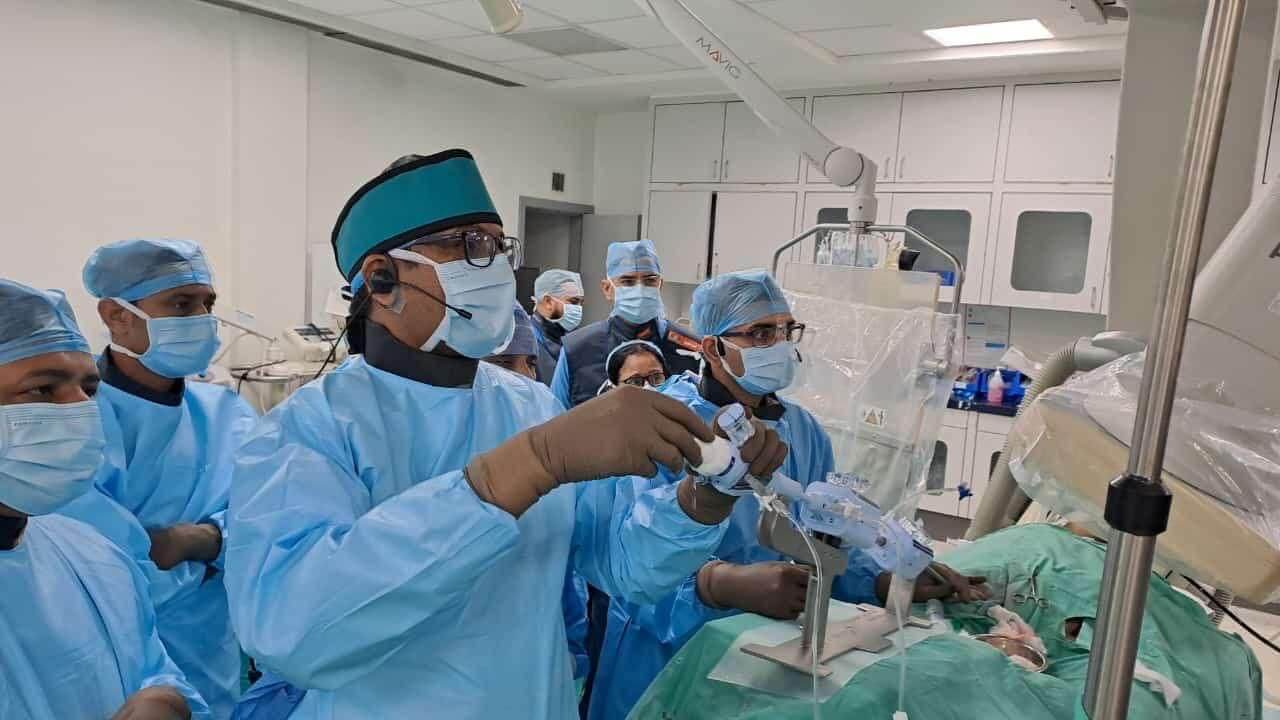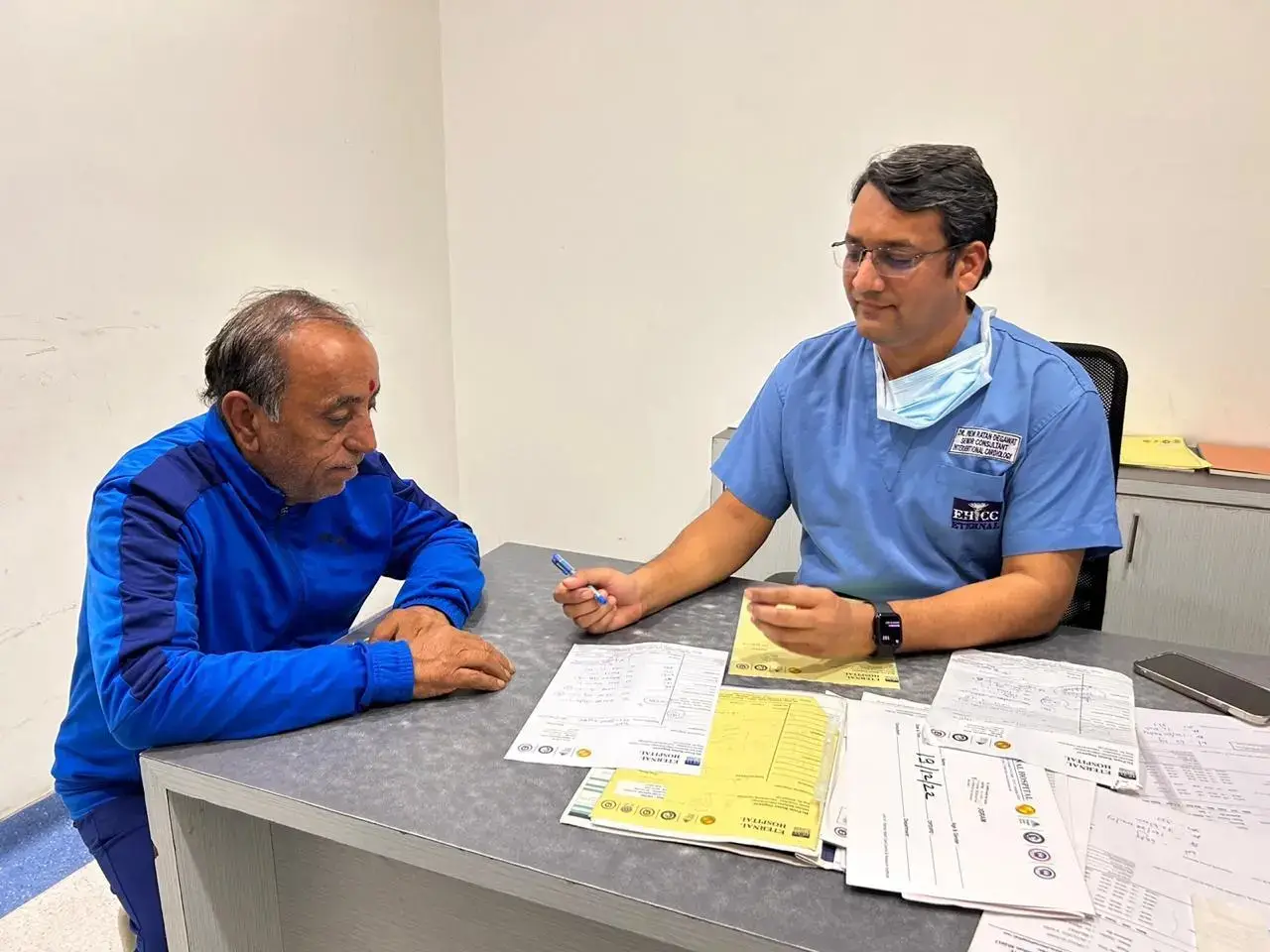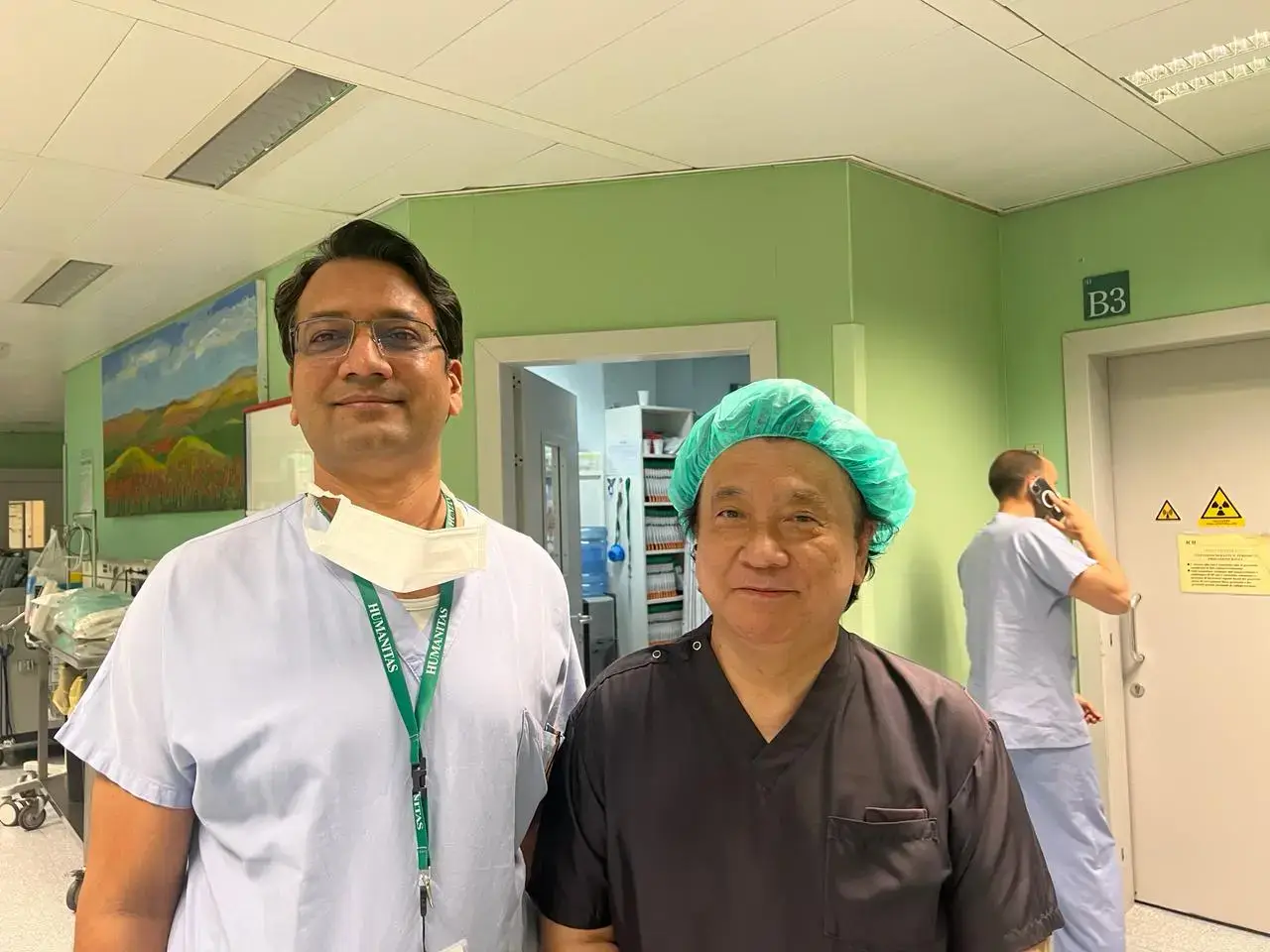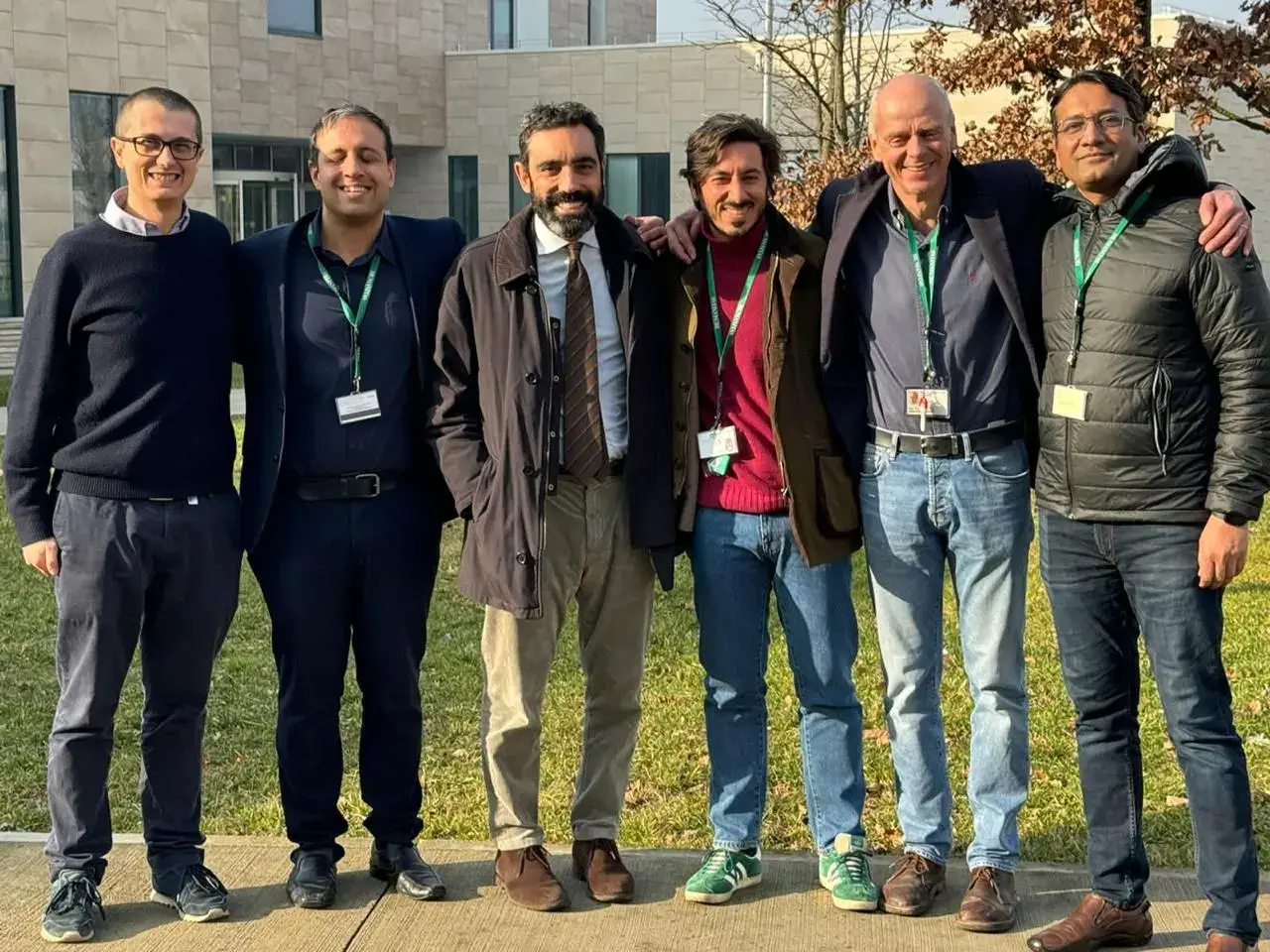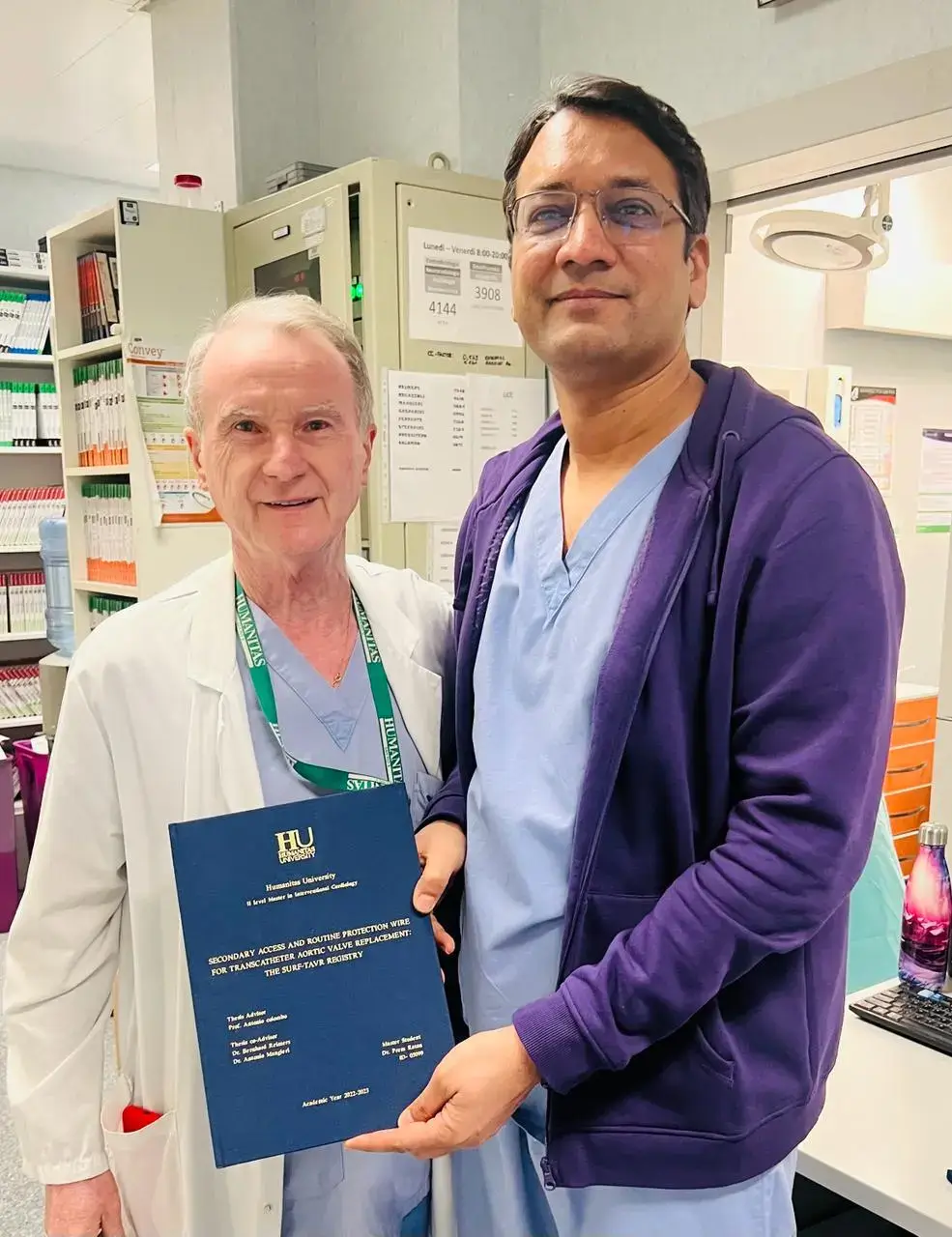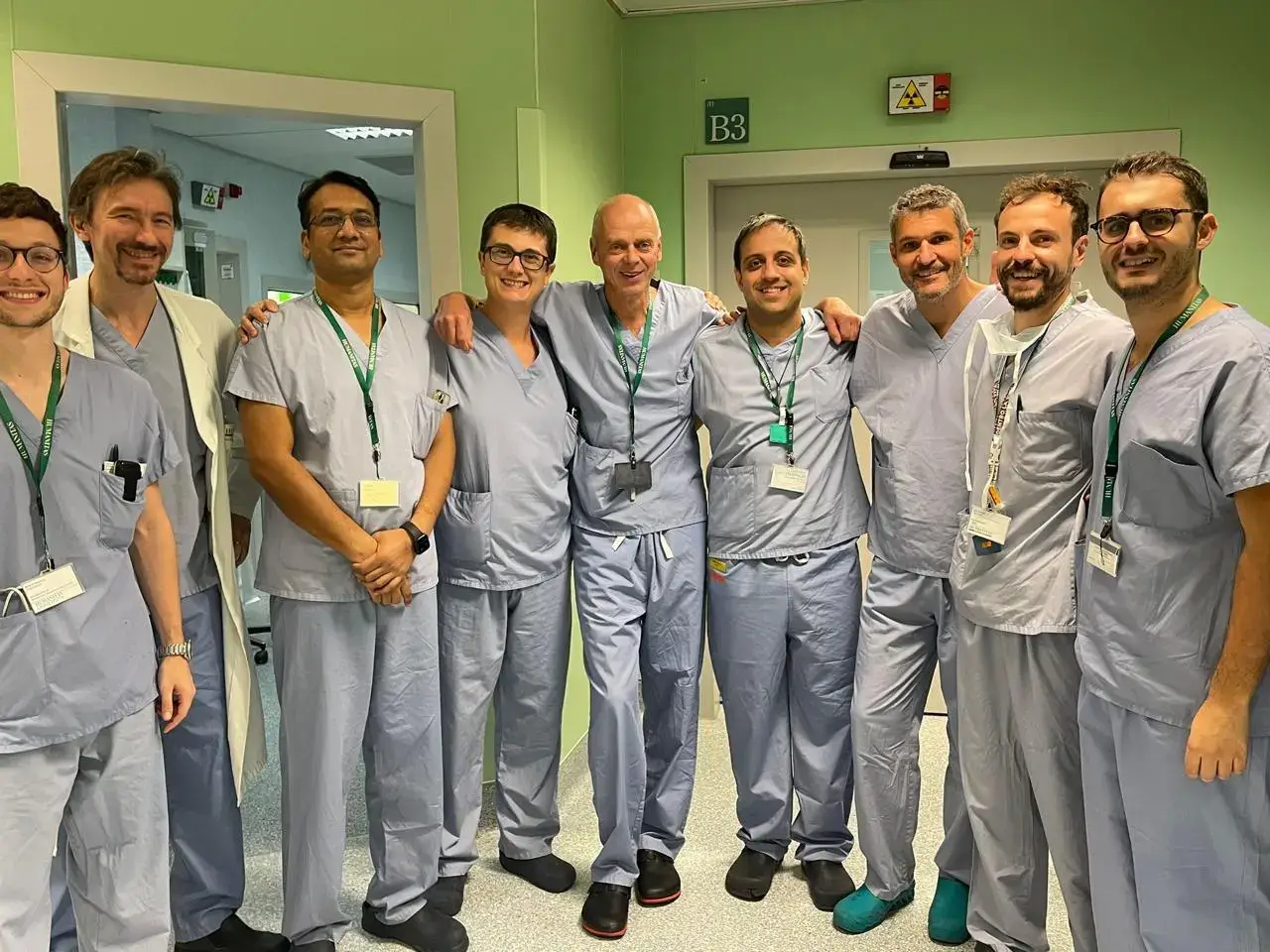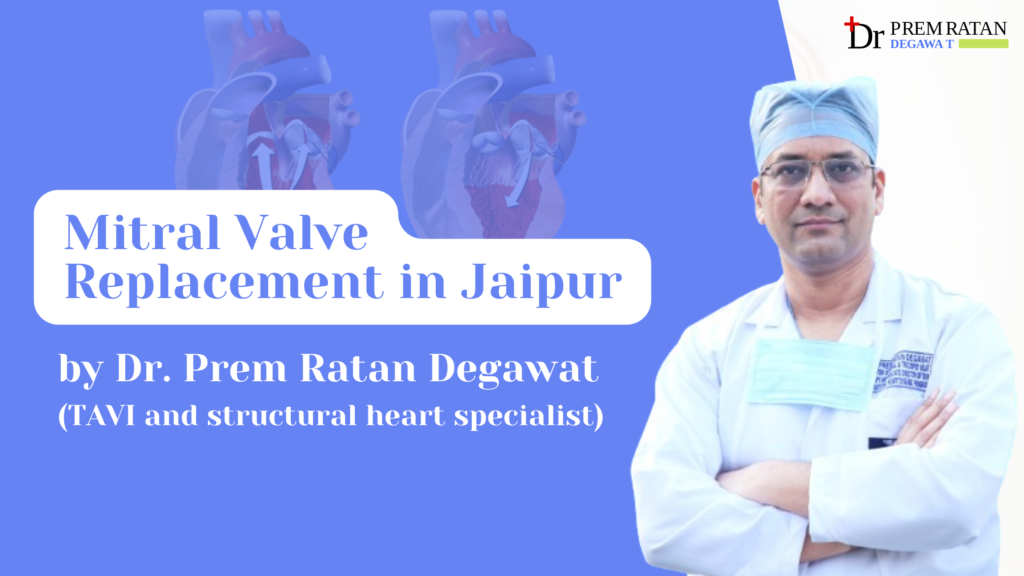Have you been experiencing chest pain, shortness of breath, or fatigue? These could be signs of coronary artery disease (CAD), a condition where plaque buildup narrows the arteries supplying blood to your heart. If traditional treatments haven’t been effective due to severe calcification, rotablation angioplasty could be the key to unlocking better heart health.
What is Rotablation Angioplasty?
Think of it as a very tiny high-speed drill that clears out the blockage. This minimally invasive procedure is used to treat difficult clogged arteries, especially when they’re hardened with calcium. Here’s how it works: a thin tube with a special diamond-tipped burr on the end is inserted into the blocked artery.
The burr (drill) spins really fast, breaking up the calcium blockage into tiny pieces that your bloodstream washes away. This opens up the narrowed artery and gets blood flowing to your heart properly again.
Why Choose Rotablation Angioplasty?
Here’s why rotablation angioplasty might be the right choice for you:
- Improved Blood Flow: By removing stubborn plaque buildup, rotablation angioplasty significantly improves blood flow to your heart, reducing the risk of heart attacks and strokes.
- Reduced Complications: Compared to traditional angioplasty, rotablation offers a lower risk of complications, especially when dealing with severely calcified arteries. The precise removal of plaque minimizes the chance of arterial damage, leading to a smoother recovery.
- Customizable Treatment: Rotablation angioplasty is a versatile procedure that can be tailored to your specific needs. This makes it suitable for a wide range of cases, including those with heavily calcified arteries that may not respond well to other treatments.
Treatable Conditions with Rotablation Angioplasty:
- Coronary Artery Disease (CAD): Rotablation is a powerful tool for treating CAD, alleviating symptoms like chest pain and shortness of breath.
- Severely Calcified Arteries: When traditional methods struggle due to calcification, rotablation effectively breaks down the plaque, allowing for successful artery widening.
- Restenosis: If a previously treated artery has narrowed again (restenosis), rotablation can provide a more thorough removal of plaque, reducing the likelihood of recurrent narrowing.
Preparing for Rotablation Angioplasty:
Before your procedure, you’ll undergo a thorough evaluation by a qualified rotablation angioplasty doctor in Jaipur, like the esteemed Dr. Prem Ratan Degawat. This evaluation may include:
- Medical Evaluation: A comprehensive assessment of your overall health to ensure you’re a good candidate for the procedure.
- Medication Adjustments: Your doctor may need to adjust your medications to minimize bleeding risks or interactions with the procedure.
- Lifestyle Changes: Embracing a heart-healthy diet, quitting smoking, and increasing physical activity can significantly improve your cardiovascular health before and after the procedure.
Rotablation Angioplasty Procedure:
Renowned Interventional Cardiologist Dr. Prem Ratan Degawat has extensive experience performing rotablation angioplasty. Here’s a general overview of the procedure:
- Anesthesia and Sedation: You’ll likely receive local anesthesia and sedation to keep you comfortable throughout the procedure. In some cases, general anesthesia might be used.
- Guiding Catheter Insertion: A thin, flexible tube (guiding catheter) is inserted into a blood vessel in your groin or wrist and threaded to the blockage site in your coronary artery using X-ray guidance.
- Rotablation Process: Once the guiding catheter is in place, the rotablation catheter with the rotating burr is advanced to the area with plaque buildup. The burr pulverizes the plaque into tiny particles, which are then removed from the artery.
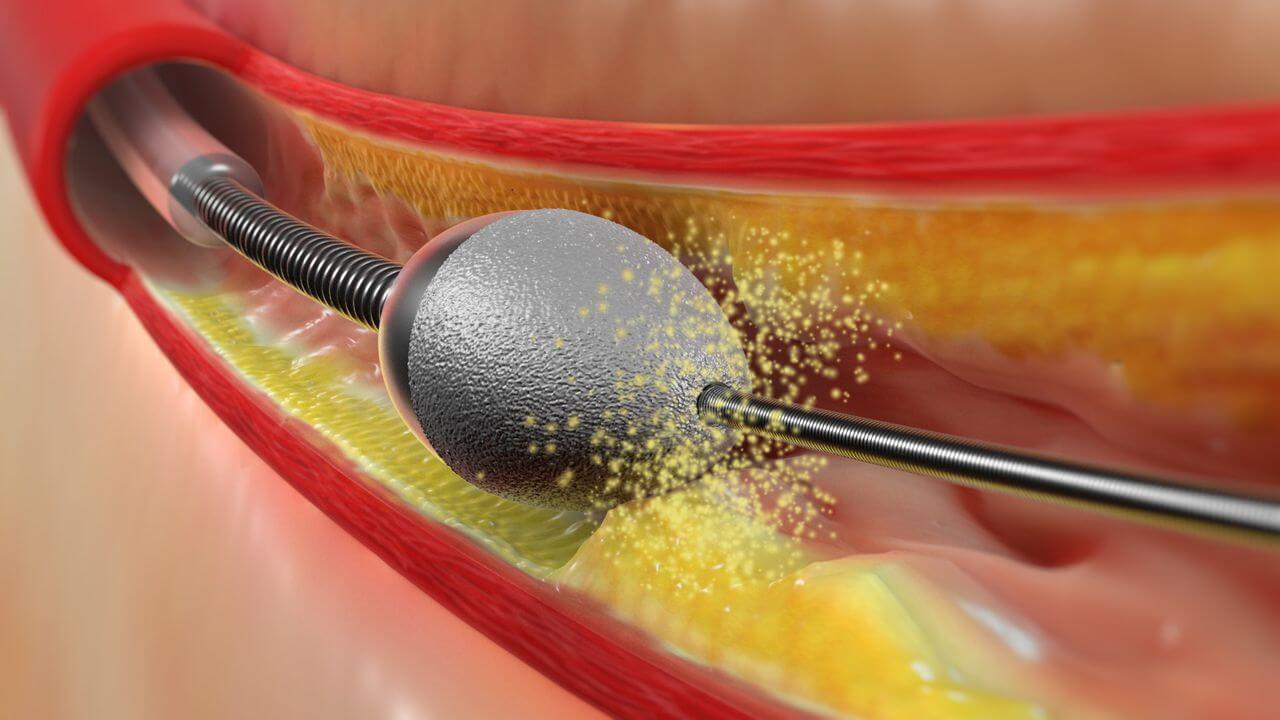
Recovery After Rotablation Angioplasty:
- Hospital Stay: You’ll typically be monitored in the hospital for a period of time after the procedure to ensure there are no complications. The length of your stay depends on your overall health and the complexity of the procedure.
- Post-Procedure Care: Your doctor will prescribe medications to prevent blood clots and reduce the risk of complications. You’ll also receive instructions on wound care and activity restrictions during the initial recovery period.
- Resuming Normal Activities: Most patients can resume normal activities within a few days to a week, although strenuous exercise and heavy lifting may need to be avoided for a longer period.
Risks and Complications:
- Arterial Damage: Though uncommon, damage to the artery wall can occur during rotablation angioplasty, potentially leading to bleeding, dissection (separation of layers within the wall), or rarely, stroke or blockage of other arteries.
- Allergic Reactions: Patients with known allergies to iodine or shellfish may experience mild allergic reactions to the contrast dye used during the procedure. These are treatable with medication.
- Restenosis: Even after successful treatment, there’s a chance the treated artery could narrow again (restenosis) over time. This may require additional procedures to maintain proper blood flow to the heart.
Success Rates and Patient Satisfaction:
Studies have shown rotablation angioplasty to be highly effective in improving blood flow and reducing symptoms in patients with CAD. Success rates vary depending on individual factors, but many patients report significant improvements in their quality of life.
Comparing Rotablation Angioplasty with Other Treatments:
- Traditional Angioplasty: While traditional balloon angioplasty is effective in many cases, it may not be suitable for severely calcified arteries. Rotablation offers a more targeted approach for breaking down these blockages.
- Coronary Artery Bypass Grafting (CABG): CABG is a surgical procedure used for complex CAD cases where angioplasty isn’t an option. Rotablation offers a less invasive alternative for suitable patients.
- Stent Placement: Stents are often used in conjunction with rotablation angioplasty to help keep the artery open and prevent restenosis. Drug-eluting stents, which release medication to prevent scar tissue formation, can further reduce the risk of recurrent narrowing.
Looking for a Rotablation Angioplasty Doctor in Jaipur, Rajasthan?
If you’re considering rotablation angioplasty, consider consulting with Dr. Prem Ratan Degawat, he is a leading Rotablation Angioplasty Doctor in Jaipur, Rajasthan. Dr. Degawat is a highly skilled and experienced interventional cardiologist known for his expertise in complex angioplasty procedures, including rotablation.
About Dr. Prem Ratan Degawat:
Dr. Prem Ratan Degawat is a leading interventional cardiologist in Jaipur, renowned for his expertise in advanced procedures like rotablation angioplasty, orbital atherectomy, LASER atherectomy, and intravascular lithotripsy (IVL). He has extensive experience in treating complex coronary artery disease, including severely calcified arteries.
Dr. Degawat’s dedication to patient care and his commitment to using the latest advancements in cardiovascular medicine make him an excellent choice for those seeking rotablation angioplasty in Rajasthan, India.
Also, he is a trusted TAVR Expert in Rajasthan, known for his expertise in treating complex coronary artery disease and utilizing the latest advancements in cardiovascular medicine.
Living a Healthy Life After Rotablation Angioplasty:
Following rotablation angioplasty, it’s crucial to prioritize a healthy lifestyle to optimize your heart health and minimize the risk of future complications. This includes:
- Regular Check-Ups: Schedule regular appointments with your cardiologist for monitoring and follow-up care.
- Lifestyle Modifications: Maintain a heart-healthy diet, exercise regularly, manage stress, and quit smoking if applicable.
- Medication Management: Adhere to your doctor’s prescribed medications to manage cholesterol, blood pressure, and prevent blood clots.
Conclusion
Rotablation angioplasty is a groundbreaking procedure that offers a safe and effective solution for individuals with complex coronary artery disease and severely calcified arteries. If you’re experiencing symptoms of CAD and traditional treatments haven’t been successful, consult a qualified best cardiologist in Jaipur like Dr. Prem Ratan Degawat to explore if rotablation angioplasty could be the key to unlocking a healthier, more fulfilling life.
Frequently Asked Questions (FAQs) about Rotablation Angioplasty
1. Is rotablation angioplasty suitable for all patients with coronary artery disease?
No, rotablation angioplasty is not suitable for everyone with CAD. Factors like the location and severity of the blockage, presence of other medical conditions, and overall health are considered when determining the best treatment approach. Your doctor will perform a comprehensive evaluation to determine if rotablation is the right option for you.
2. What are the potential side effects of rotablation angioplasty?
While generally safe, rotablation angioplasty can have some side effects. These may include:
- Minor bleeding or bruising at the catheter insertion site.
- Allergic reactions to medications or contrast dye (usually mild and treatable).
- Temporary changes in heart rhythm.
Serious complications like arterial damage or blood clots are rare but possible. It’s crucial to report any concerning symptoms to your doctor promptly.
3. What is the recovery time for rotablation angioplasty?
Recovery varies depending on individual factors. Typically, patients can walk around within 6 hours and spend one night in the hospital. Most go home after 2 days and return to work within a week. Strenuous exercise should be avoided for about a month.
4. Is rotablation angioplasty safe?
Rotablation angioplasty is considered a safe and effective procedure, especially for treating severely calcified arteries compared to traditional methods. However, like any medical procedure, there are inherent risks. Discussing these risks and benefits with your doctor is essential before making a decision.
5. What is the success rate of rotablation?
Studies indicate high success rates for rotablation angioplasty in improving blood flow and reducing symptoms in CAD patients. The exact rate depends on individual circumstances.
6. When is rotablation needed?
Rotablation is typically recommended when traditional angioplasty fails due to severe calcification in the arteries. It can also be used for treating restenosis (re-narrowing of a previously treated artery) and complex blockages.
7. How can I recover faster from angioplasty?
Focusing on a heart-healthy diet post-angioplasty is crucial. This helps your body heal, reduces complication risks, and promotes overall well-being. A healthy diet also minimizes the chances of plaque buildup recurring in your arteries.
8. Which type of angioplasty is best?
The best type of angioplasty depends on the specific condition and severity of your blockage. Traditional angioplasty with balloon technology is suitable for many cases. However, for heavily calcified arteries, rotablation offers a more effective approach. Consulting a qualified cardiologist like Dr. Prem Ratan Degawat in Jaipur can help determine the most appropriate treatment option for you.
9. Who is the Best Angioplasty Specialist in Rajasthan, India?
Dr. Prem Ratan Degawat is a well-known Angioplasty Specialist in Rajasthan with expertise in handling complex angioplasty procedures. You can schedule a consultation with Dr. Degawat to discuss your specific needs.
Remember: This information is intended for general knowledge only and should not be a substitute for professional medical advice. Always consult with a qualified healthcare provider to discuss your individual circumstances and treatment options.

